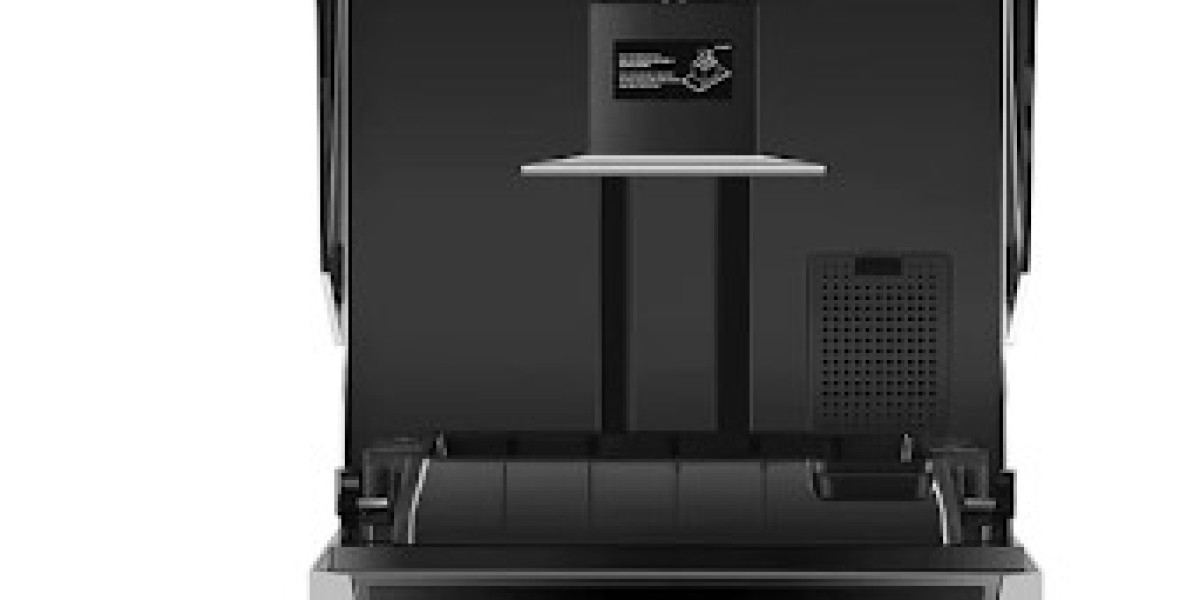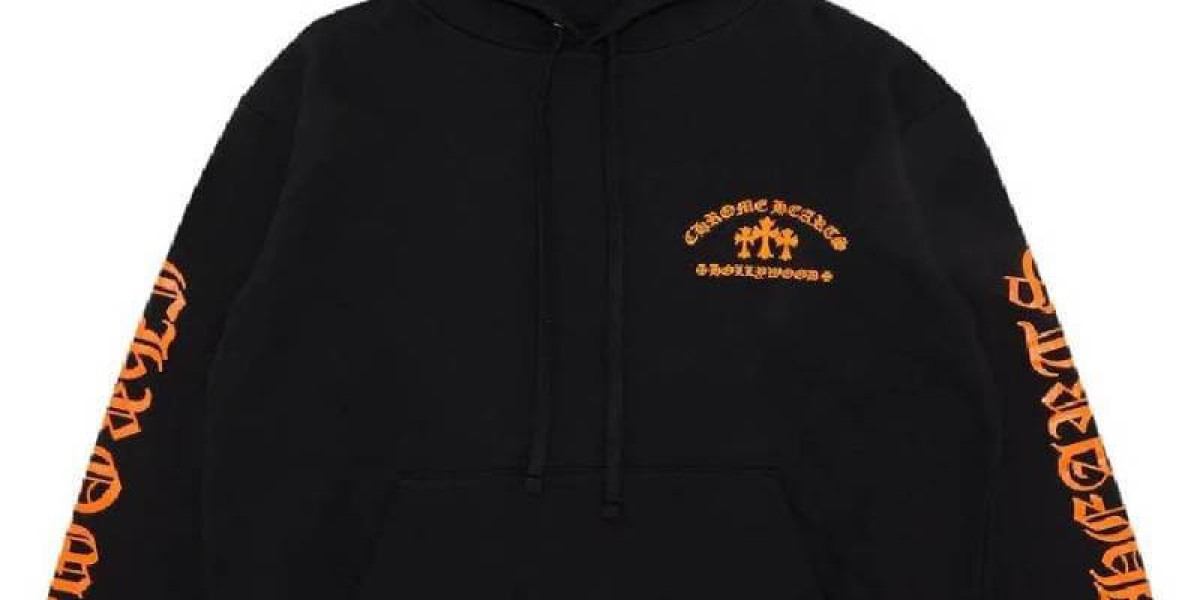In additive manufacturing, resin 3D printers have gained immense popularity for their ability to produce highly detailed and intricate prints with exceptional surface finish. However, the key to unlocking the full potential of your resin 3D printer lies in selecting the right type of resin. Whether you're a hobbyist, a professional, or an industrial user, choosing the appropriate resin can significantly impact your prints' quality, durability, and functionality. In this comprehensive guide, we'll delve into the various types of resins available, their unique properties, and essential factors to consider when selecting the perfect resin for your resin 3D printer.
Regarding resin 3D printing, one size does not fit all. The market offers various resins tailored to meet specific printing and application requirements. To make an informed decision, it's crucial to understand the different types of resins and their characteristics.
Standard Resins
Standard resins are the most commonly used type in resin 3D printing. They offer a good balance of properties, including high resolution, smooth surface finish, and ease of use. Standard resins are suitable for various applications, such as prototyping, jewelry making, and artistic creations.
Engineering Resins
Engineering resins are engineered to meet specific performance criteria, making them ideal for functional prototypes and end-use parts. These resins exhibit superior mechanical properties, such as high strength, stiffness, and heat resistance. They are commonly used in automotive, aerospace, and healthcare industries for producing functional prototypes, tooling, and custom components.
Flexible Resins
Flexible resins are formulated to produce parts with rubber-like properties, offering elasticity and flexibility. These resins are ideal for applications requiring impact resistance, shock absorption, or soft-touch features. Flexible resins find applications in industries such as footwear, consumer electronics, and healthcare for producing flexible prototypes, gaskets, seals, and wearables.
High-Temperature Resins
High-temperature resins are designed to withstand elevated temperatures without deforming or losing their mechanical properties. High-temperature resins are often used in industries like foundry, aerospace, and automotive for producing heat-resistant prototypes, molds, and tooling.
Biocompatible Resins
Biocompatible resins are formulated to be compatible with living tissues and biologically safe for medical and dental applications. These resins are extensively used in the healthcare industry for producing surgical guides, dental models, orthodontic devices, and prosthetics.
Additional Considerations
Print Resolution: Different resins offer varying levels of print resolution, affecting the level of detail and precision achievable in the printed parts. Consider the resolution requirements of your project and choose a resin that can meet those specifications.
Curing Method: Resins can be cured using different methods, including UV light, visible light, or heat. Ensure that your resin is compatible with the curing method supported by your 3D printer to achieve optimal results.
Cost: Consider the cost of the resin, including the price per liter and any additional expenses such as shipping and handling. Balance the cost with the desired quality and performance to find the most cost-effective solution.
In addition to these considerations, it's also worth exploring alternative materials for 3D printing, such as metal. Metal 3D printing, or additive manufacturing, offers unique advantages for certain applications. Unlike resin printing, which uses photopolymer resins, metal printing uses metal powders to create objects layer by layer. A metal 3D printer can produce parts with excellent strength, durability, and heat resistance, making them ideal for applications in industries such as aerospace, automotive, and healthcare.
However, metal 3D printing also comes with its own set of challenges and considerations. Metal printers are typically more expensive and complex than resin printers, and metal powders can be costly and difficult to work with. Additionally, metal printing requires specialized equipment and expertise, making it less accessible to casual users and hobbyists.
The Bottom Line
Choosing the right resin for your resin 3D printer is essential for achieving high-quality, successful prints. By considering factors such as resin type, print resolution, compatibility, safety, and cost, you can ensure that your prints meet your specific requirements and expectations. Whether creating prototypes, functional parts, or artistic designs, selecting the perfect resin will enable you to unleash your creativity and bring your ideas to life with precision and accuracy.



